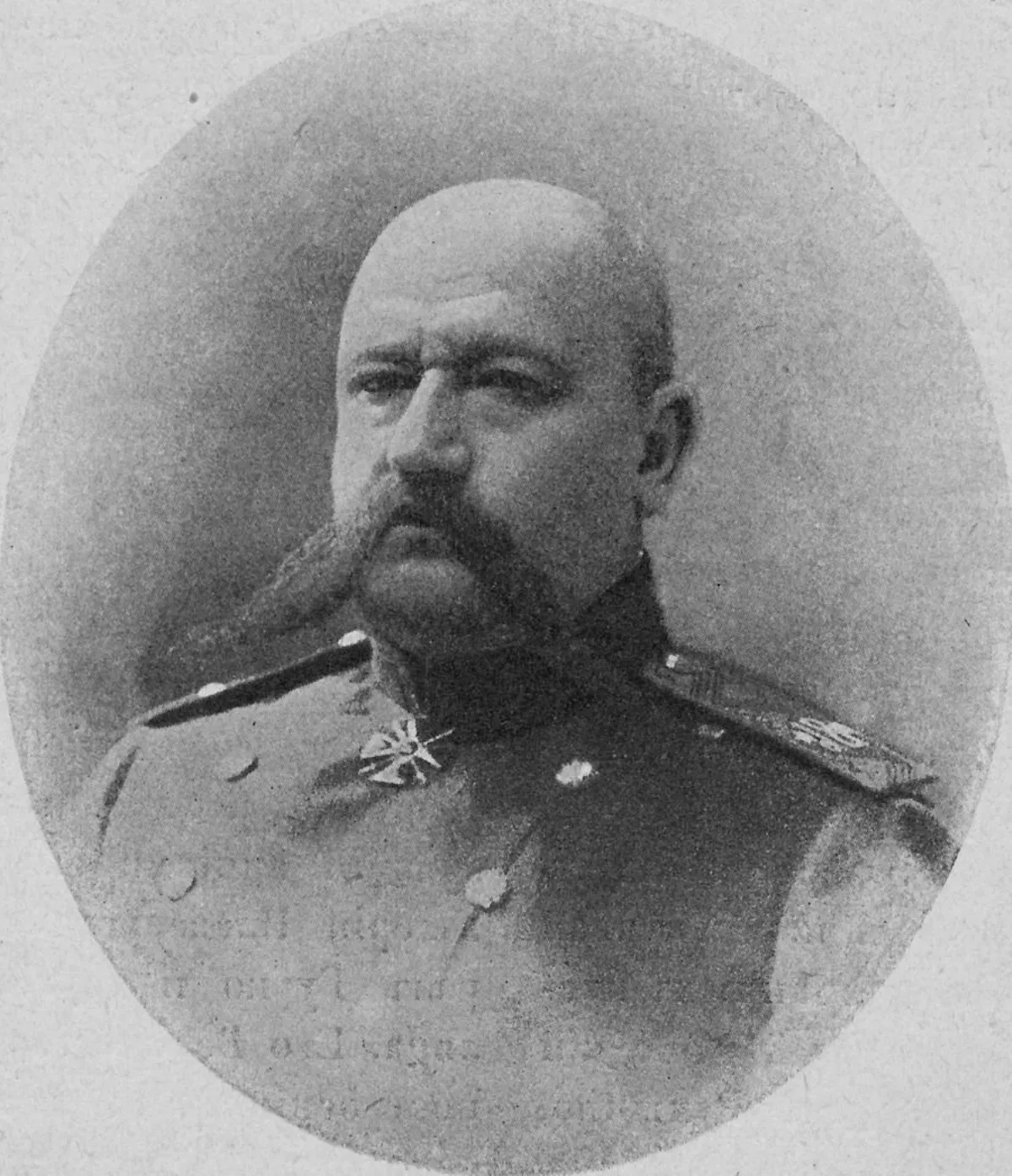 1.
1. Nikolai Yudenich graduated from the Alexandrovsky Military College in 1881 and the General Staff Academy in 1887.

 1.
1. Nikolai Yudenich graduated from the Alexandrovsky Military College in 1881 and the General Staff Academy in 1887.
Nikolai Yudenich first served with the Life Guards Regiment in Lithuania from November 1889 to December 1890.
Nikolai Yudenich was a member of the Pamir Expedition in 1894 and was promoted to colonel in 1896.
From September 20,1900, Nikolai Yudenich served on the staff of the 1st Turkestan Rifle Brigade.
Nikolai Yudenich was wounded in the arm during the Battle of Sandepu and wounded in the neck during the Battle of Mukden.
From February 1907, Nikolai Yudenich served as quartermaster of the General Staff of the Caucasus Military District.
Nikolai Yudenich was promoted to lieutenant general in 1912 and served as chief of staff at Kazan, followed by the Caucasus Military District in 1913.
At the beginning of World War I, Nikolai Yudenich was appointed Chief of Staff of the Russian Caucasus Army.
In January 1915, Nikolai Yudenich was promoted to General of Infantry and replaced Count Illarion Ivanovich Vorontsov-Dashkov as commander of the Caucasus Campaign.
Nikolai Yudenich tried to exploit the Ottoman defeat by attacking into Turkish territory, specifically around Lake Van during the Siege of Van.
Nikolai Yudenich was given a free hand by the Grand Duke, and, in September the Russians retook Van and re-established the Administration for Western Armenia in June 1916.
In 1916, Nikolai Yudenich successfully carried out an offensive, winning the Battle of Erzurum and the Trebizond Campaign.
Nikolai Yudenich then relocated from Tbilisi to Petrograd, where he supported the Kornilov revolt.
Nikolai Yudenich managed to escape to exile in Finland in January 1919.
In Helsinki, Nikolai Yudenich joined the "Russian Committee," which had formed in November 1918 to oppose the Bolsheviks, and he was proclaimed as leader of the White movement in northwestern Russia with absolute powers.
In June 1919, Nikolai Yudenich made contact with Admiral Aleksandr Kolchak's All-Russian Government based in Omsk, which subsequently acknowledged him as commander-in-chief of all Russian armed forces operating against the Bolsheviks in the Baltic Sea and in northwestern Russia.
In June 1919, Nikolai Yudenich went to Tallinn to meet with General Aleksandr Rodzyanko, the commander of the White Russian Northern Army, attacking Petrograd formally under the Estonian High Command.
Nikolai Yudenich served as Minister of War and spent the next two months organizing and training his army.
In early October 1919, Nikolai Yudenich launched his army against Petrograd, which was only lightly defended, as the Red Army was actively engaged on several other fronts in fighting Kolchak's forces in Siberia and several Cossack armies in Ukraine.
Nikolai Yudenich would have recognized Finland's independence, and the country's pro-Triple Entente relationships would be recognized.
Nikolai Yudenich died at Saint-Laurent-du-Var, near Nice, on the French Riviera, on 5 October 1933.